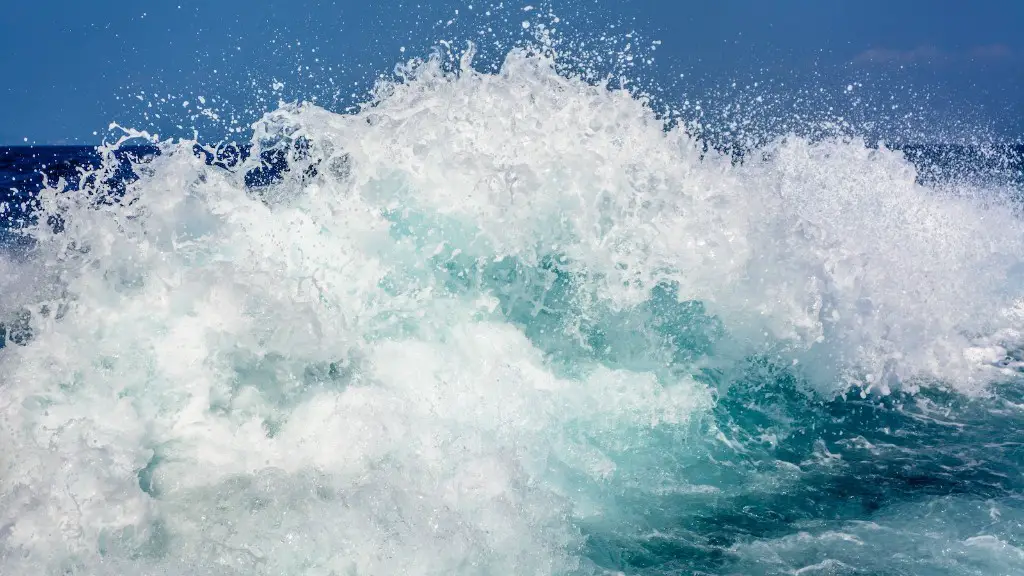Since the fall of the Soviet Union, the US has been the dominant world power. As tensions have risen between the US and China and trading restrictions have been imposed, questions about whether Japan trades in and through the South China Sea have been raised.
China has a long history of staking a claim to the South China Sea, which it sees as part of its exclusive economic zone. But this claim is contested by numerous other countries, including Japan. What is clear is that Japan is actively engaged in trading activity in the South China Sea.
According to estimates from the Japan Ministry of Economy, Trade and Industry, Japan is the fifth largest source of trade through this region, after the US, China, Taiwan and South Korea. The Ministry estimates that Japan’s total exports to the South China Sea countries amounted to over $50 billion in 2019 alone.
This level of trade is unsurprising given Japan’s significant economic ties to many countries in the region. Japan has strong economic relations with many of its Southeast Asian neighbours, including Vietnam, Indonesia and Malaysia.
In addition, Japan is a major investor in China. According to the Japan External Trade Organization (JETRO), Japan is one of the most important investors in China, with investment totaling around $58 billion in 2019. This investment has helped to expand Japan’s trading networks in the region.
However, this does not mean that Japan is passive in the face of Chinese claims to the South China Sea. Japan has committed to expanding its presence in the region by increasing its economic ties, not least through its official development assistance programs.
It has also been working to ensure a level playing field when it comes to trade in the region. Japan has been one of the leading advocates for the Trans-Pacific Partnership (TPP), a trade agreement that was designed to reduce trade barriers and support growth in the Asia-Pacific region.
Japan is also taking a strong stance against Chinese military expansion in the region. It recently announced that it will provide financial assistance to countries in the region to strengthen their maritime defense capabilities and reiterated its opposition to any use of force to settle disputes in the South China Sea.
Regional Tensions
The level of tension in the region has been escalating in recent years and is likely to remain high. China has been asserting its presence and influencing policies in the South China Sea more aggressively, while Japan has continued to increase its economic presence in the area.
Both countries are engaged in a territorial and diplomatic struggle over the region, which has become increasingly strained. Japan’s moves to expand its presence in the area, as well as its support for the TPP, have elicited a strong reaction from China.
China has reacted by threatening economic retaliation against Japan, including banning imports of some Japanese products. China has also continued to assert its exclusive jurisdiction over the South China Sea, despite protests from other countries.
In addition to this regional rivalry, the US and other countries have stepped up their presence in the region in an effort to contain Chinese aggression. This has led to a further increase in tensions, with China engaging in a variety of activities to achieve its goal.
Sanctions And Trade Barriers
The US has taken a hard line on Chinese activities in the region and has imposed tariffs and other sanctions on Chinese companies operating in the South China Sea. As a result, doing business in the area has become difficult and uncertain.
Japanese companies have also been affected, particularly those that are invested in China. The US has recently restricted the purchase of Chinese goods, a move that has hit manufacturers and suppliers in Japan particularly hard.
The decision has also led to a slowdown in the growth of Japanese exports in the Asian region, including to the South China Sea countries. As a result, Japanese companies are being forced to find new markets or find ways to cut costs and remain competitive.
Implications For Japan
The rise in tensions between the US and China has had a significant impact on Japan’s economic position in the region. Trade through the South China Sea is likely to remain uncertain and difficult in the near future.
Despite this, Japan appears to be moving ahead with its plans to increase economic ties with other countries in the region, as well as to strengthen its presence in the South China Sea. In doing so, it is hoping to protect its economic interests, while also taking a strong stance against China’s aggressive moves in the area.
Japan is also investing considerable diplomatic efforts to maintain a level playing field in the region. This includes supporting the TPP and working with regional partners on issues like maritime security, which is essential for the stability of the region.
Export Opportunities
Despite the political tensions in the region, there are still opportunities for Japanese companies to capitalize on the large markets in Southeast Asia. The region’s demand for Japanese products has remained strong and there is potential for growth.
Japanese companies are also looking for ways to take advantage of the region’s rapid economic growth. For example, Japan has been investing in large infrastructure projects to improve connectivity and expand its presence in the region.
In addition, Japan has been helping to develop the region’s manufacturing sector and provide the necessary technology to increase production and improve efficiency.
With the right strategy and investment, Japan can still find opportunities to grow its exports in the South China Sea region.
Competition
The growing number of Western companies investing in the region has led to increased competition, which could have a dampening effect on Japanese exports. However, Japanese companies can still gain a competitive advantage by focusing on products and services tailored for the region.
In addition, Japanese companies can benefit from their long history in the region and their strong understanding of the local culture. They can also use their expertise in areas such as manufacturing, technology and innovation to stay ahead of the competition. This will allow them to remain competitive in the region.
Conclusion
Japan is actively engaged in trading activity in the South China Sea, which has become increasingly competitive. Japan has responded by investing in its economic ties with the countries in the region and finding ways to expand its presence. It is also working to ensure a level playing field when it comes to trade in the area, while also taking a strong stance against Chinese aggression.
Despite the increased tensions in the region, there are still opportunities for Japanese companies to benefit from the economic growth in the region. With the right strategy and investment, Japan can still find ways to grow its exports and remain competitive in the South China Sea.





